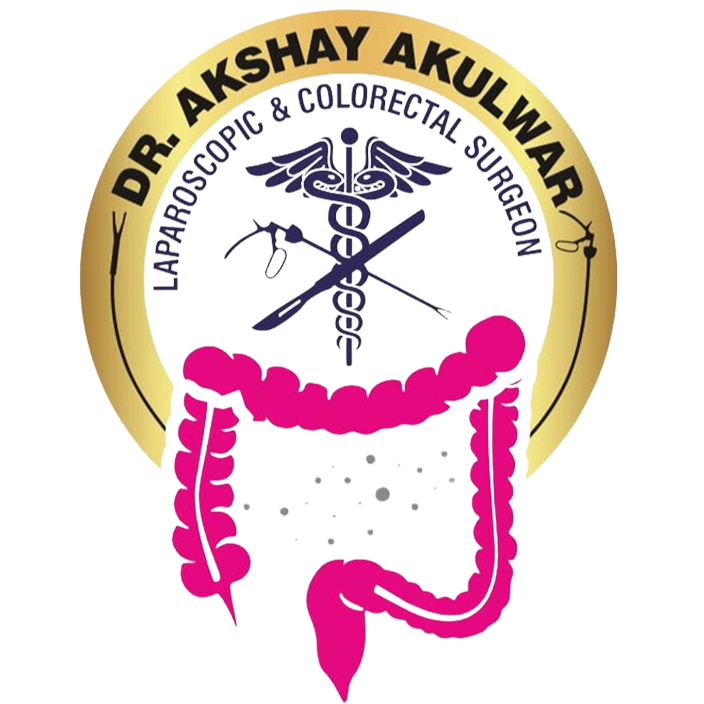Umbilical Hernia Laparoscopic Surgery by Elite Surgeons
What Is An Umbilical Hernia?
An umbilical hernia occurs when a portion of the intestine protrudes through the abdominal muscles near the navel. It is often visible as a bulge and may cause discomfort, but it is common and typically harmless. An umbilical hernia generally develops when the muscles near the belly button don’t close properly, allowing a small amount of abdominal tissue to push through. While they can occur in adults, they are more common in infants.
In many circumstances, particularly in infants, umbilical hernias close on their own as the abdominal muscles strengthen. However, if the hernia persists or causes pain, surgery may be suggested to repair it. If you suspect an umbilical hernia, it is best to consult with a healthcare professional for proper evaluation and guidance.




